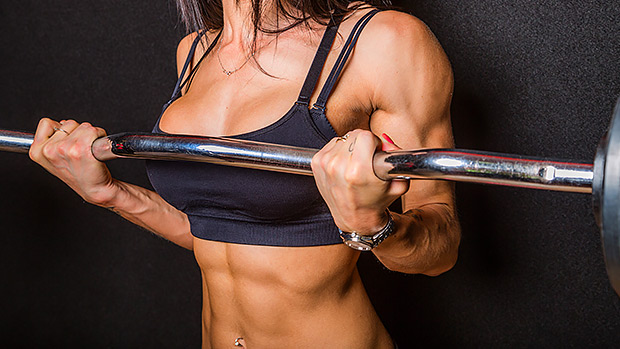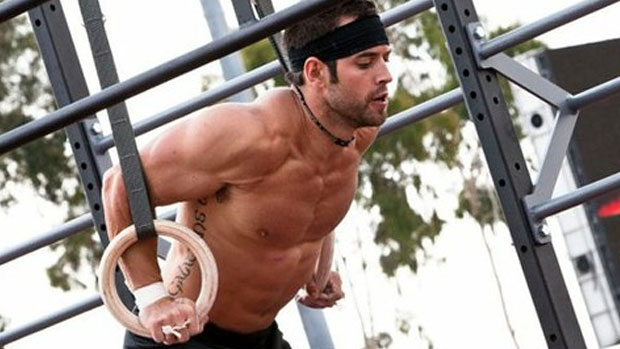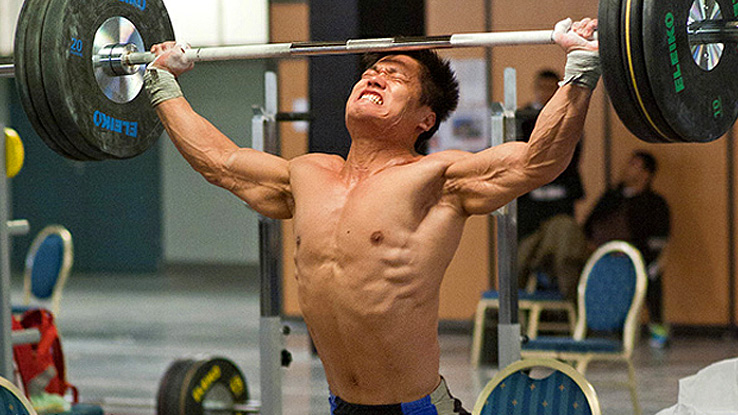The Leverage Curl
This variation really increases the load on the biceps during the eccentric (lowering) phase of the movement. While it'll overload every arm flexor, it'll target the short head of the biceps (the inner portion) a bit more. Interestingly, this head is involved in shoulder flexion. You'll see why this is relevant in a second.
Here are three key facts to remember about the curl:
- We're stronger eccentrically – like when lowering the bar or dumbbell back down in a curl – than concentrically. So the eccentric phase will always be easier than the concentric phase.
- The eccentric phase is where you have the potential to stimulate the most growth. It's the part of the movement where you cause the most muscle damage and mTOR activation.
- The more tension you can get during the eccentric phase, the more damage and mTOR activation you can create in the muscle. And if you accomplish that, the more growth you'll get.
If you can make the eccentric phase harder, you'll increase the growth potential of the exercise. This is why most experts recommend doing the eccentric phase a bit slower than the concentric phase.
Another way of increasing muscle tension during the eccentric phase is to put your body position at more of a mechanical disadvantage. This just forces you to work harder during the eccentric portion.
Move the bar or dumbbells move further away from your body during the eccentric. Once you've curled the weight up, you lower it back down by pushing away under control.
The simple change in leverage dramatically increases the load on the biceps. And since you're now overloading the shoulder flexion pattern (think of a front raise), which involves the short head of the biceps, you're putting even more tension on the biceps.
You can do this exercise with a bar, dumbbells, or a pulley station. You can use a supinated (normal curl), pronated (reverse curl), or neutral (hammer curl) position.
You can make it even more effective by leaning forward slightly during the concentric (this will increase tension at the peak contraction portion) and then leaning back slightly during the eccentric, keeping the tension more constant in the lower portion of the movement.




